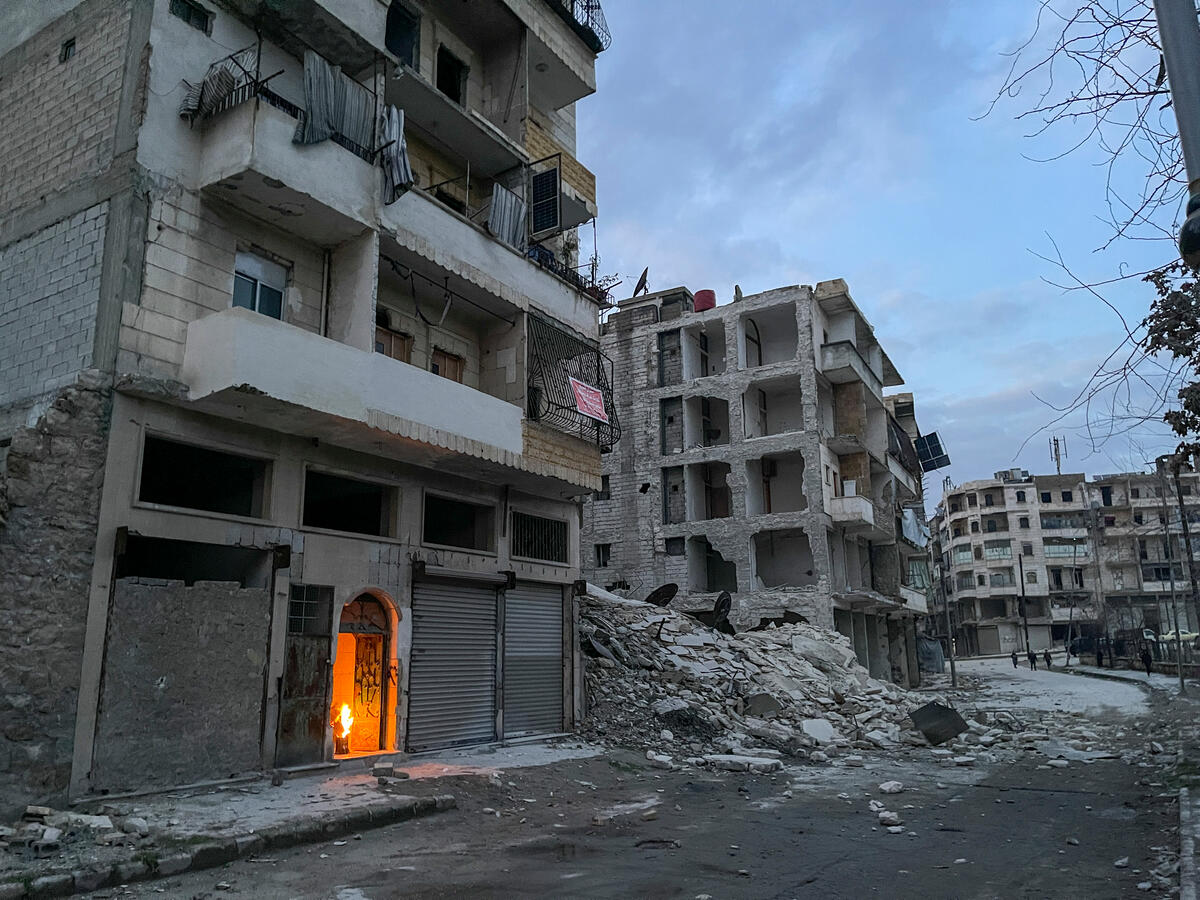
Syria
IN CRISIS
Nearly 14 years of conflict have driven hunger to critical levels in Syria. Displacement, economic collapse and earthquakes have compounded an already dire humanitarian emergency.
A Hunger and Refugee Crisis
The recent escalation in Syria is a crisis on top of a crisis. Over 600,000 people have been displaced. The situation remains fluid, displacement continues and food prices have already increased. WFP remains present and operational in Syria.
After years of conflict, the people of Syria need peace. 3.1 million people are severely hungry and malnutrition is near emergency levels. More than 7 million Syrians were already displaced inside the country before the current crisis. Another 6 million are refugees.
3.1 million people
are severely hungry
The cost of living has tripled over the past three years
2 million people were assisted by WFP in 2024
WAR AND DISASTERS DRIVE HUNGER

Dec 2024
In December 2024, armed opposition captured cities including Damascus and the government was overthrown. Hundreds of thousands of people have been displaced, worsening an already dire food security situation. WFP immediately scaled up its emergency food assistance programs to reach 2.8 million displaced and food-insecure people across Syria.
READ THE LATEST UPDATE
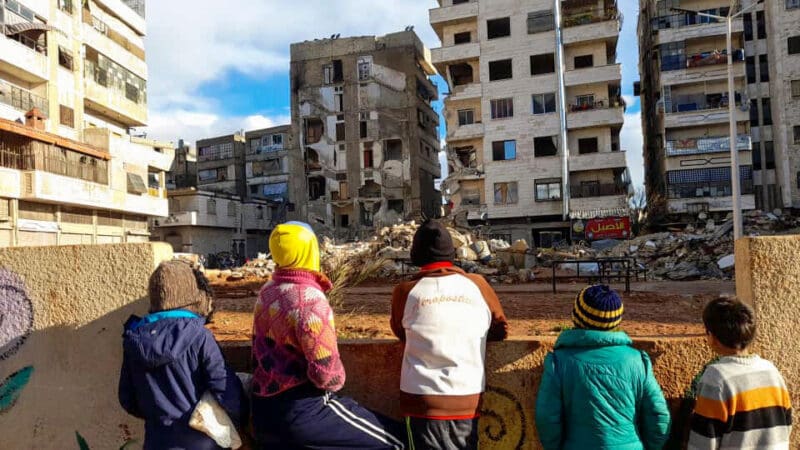
Feb 6, 2023
A 7.8 magnitude earthquake hits northwest Syria where 4.1 million people survive almost entirely on humanitarian aid. The region is largely inaccessible due to destroyed infrastructure and harsh winter weather. WFP is delivering hot and ready-to-eat meals to families affected by the earthquake.
Photo: WFP/2023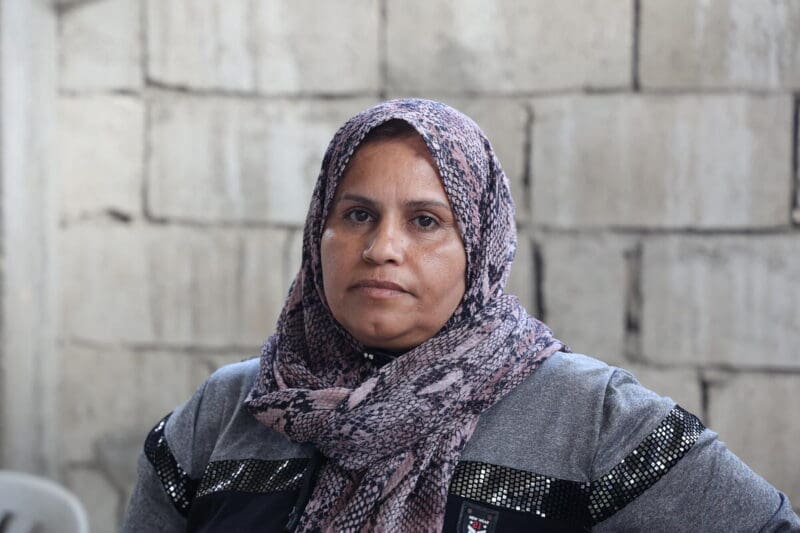
Mar 2022
After 11 years of conflict, Syrian families are being forced to choose between buying food, fuel or medicine. Basic meals were already beyond their reach when war erupted in Ukraine, triggering a collateral wave of hunger and driving up food prices. Despite the challenges, WFP distributes lifesaving food to 5.6 million people every month. This assistance includes 1.3 million people in the northwest via the cross-border operation from Turkey.
Photo: WFP/Hussam Al Saleh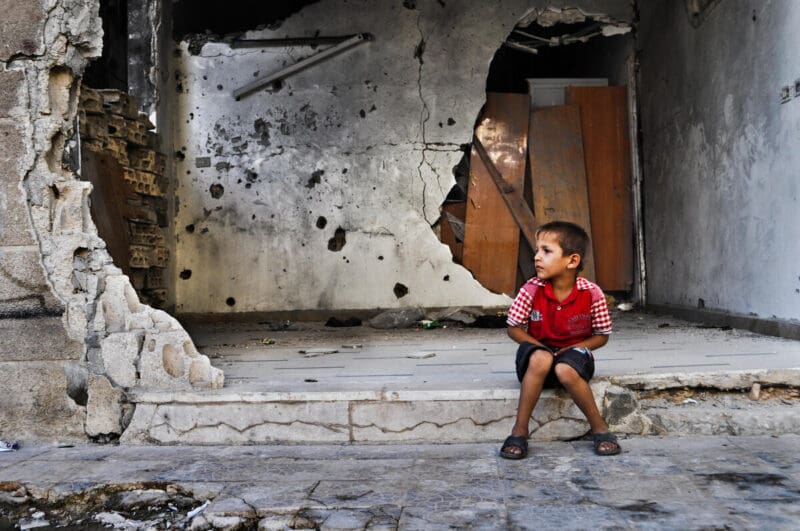
Mar 2021
After a decade of conflict, the situation is the worst it’s ever been. 12.4 million Syrians are hungry, and 6.7 million people are displaced within their country’s borders. With the number of COVID-19 cases and food prices rising, families are struggling to survive each day. In January, WFP reached nearly 5 million people with lifesaving food, and ramped up support for vulnerable mothers and children.
Photo: WFP/Abeer Etefa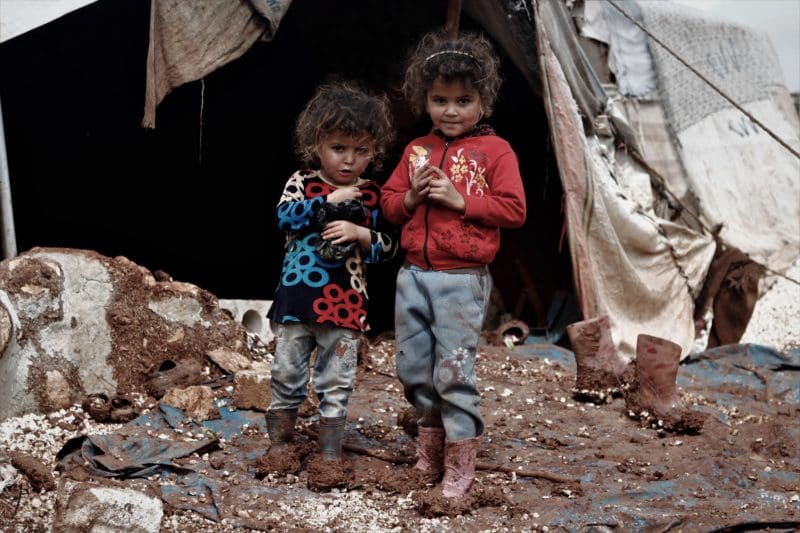
Dec 2019
Escalating levels of conflict displaced nearly 1 million people across northwest Syria starting in early December. It was the largest wave of displacement in nearly nine years of conflict. More than 80% of the displaced were women and children. In February, WFP scaled up its work in the area to reach 626,000 people with monthly food rations and another 487,000 newly displaced people with ready-to-eat rations that can feed a family of five for one week.
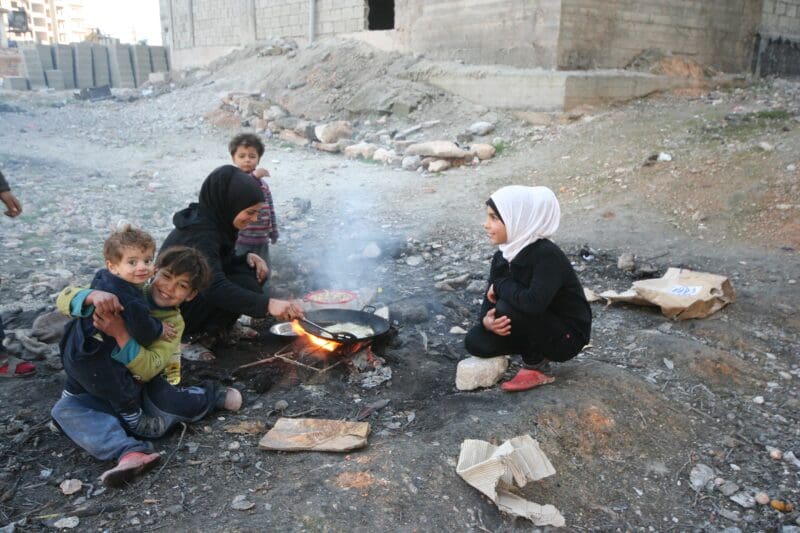
Mar 1, 2011
Protests erupt in Syria and the government responds with suppression. Opposition groups form and the Syrian civil war begins.
Photo: OCHA/Josephine Guerrero





You Can Help Save Lives
Millions of Syrians are displaced from their homes by conflict and natural disasters. Your generous donation can help deliver critical food aid.
The Syrian Refugee Crisis in Jordan
Over 560,000 Syrians are registered with UNHCR in Jordan. Most of them are either hungry or teetering on the edge of food insecurity.
How WFP Is Supporting Syrians
The United Nations World Food Programme (WFP) is one of the largest humanitarian agencies in Syria. WFP works to reach Syria’s most vulnerable families with the food they need.
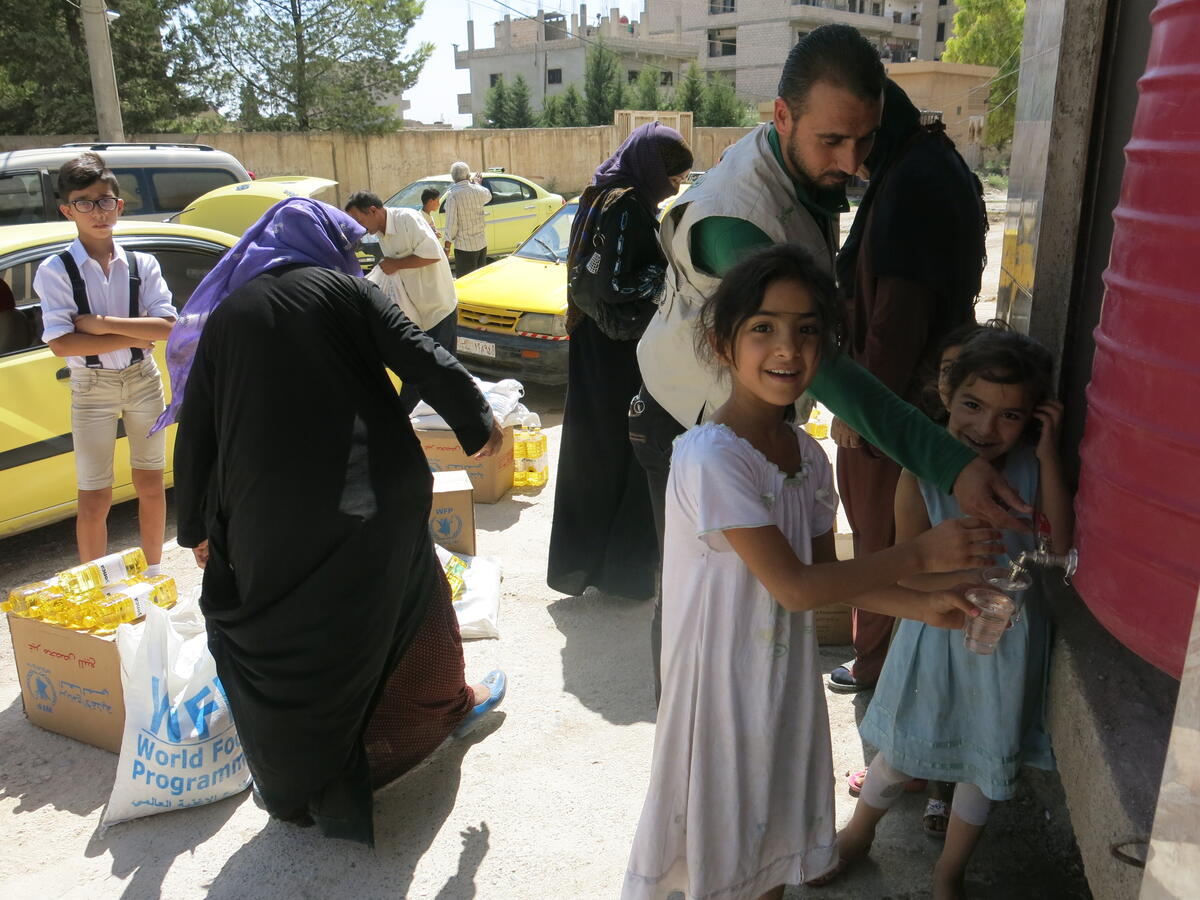
WFP does whatever it takes to reach people in Syria with lifesaving food assistance. WFP provides families with foods like rice, beans, oil and wheat to prevent them from slipping further into severe levels of hunger.
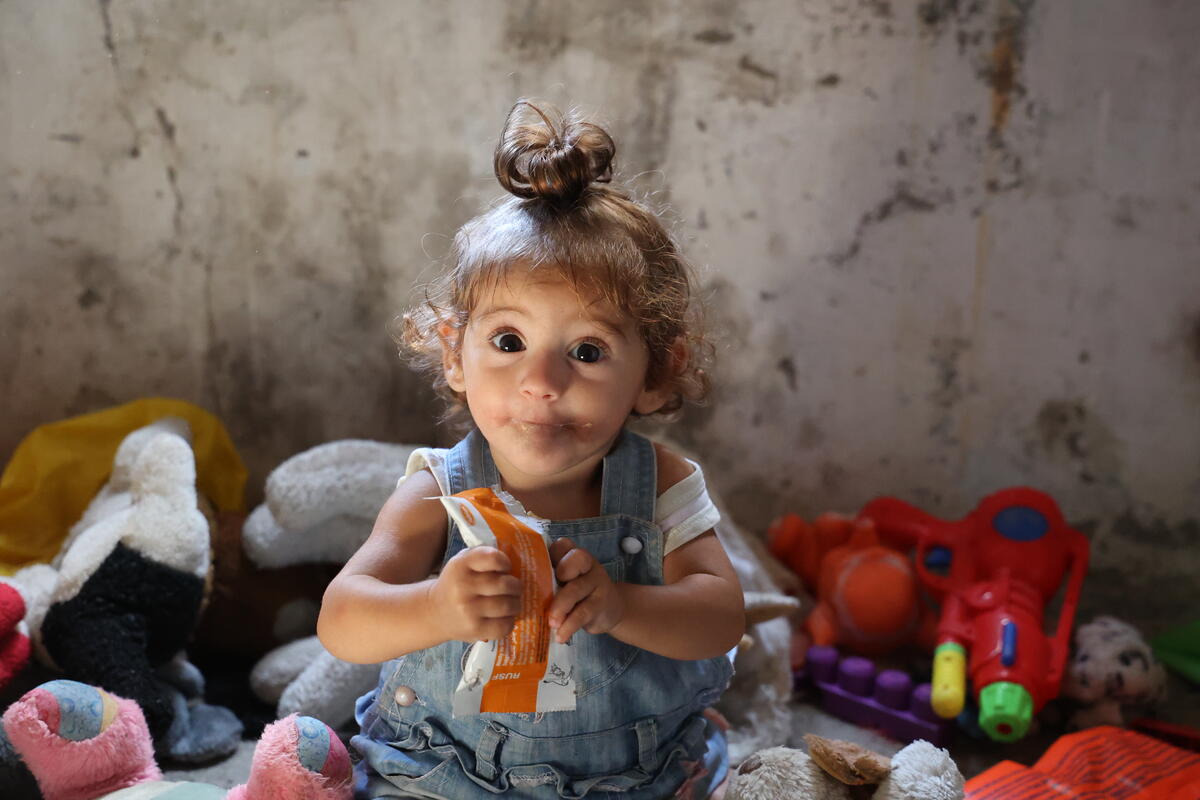
WFP helps kids to get the best possible start in life and supports pregnant and nursing mothers to prevent and fight malnutrition. We provide over 300,000 children under 2 and women with nutrient-rich foods.
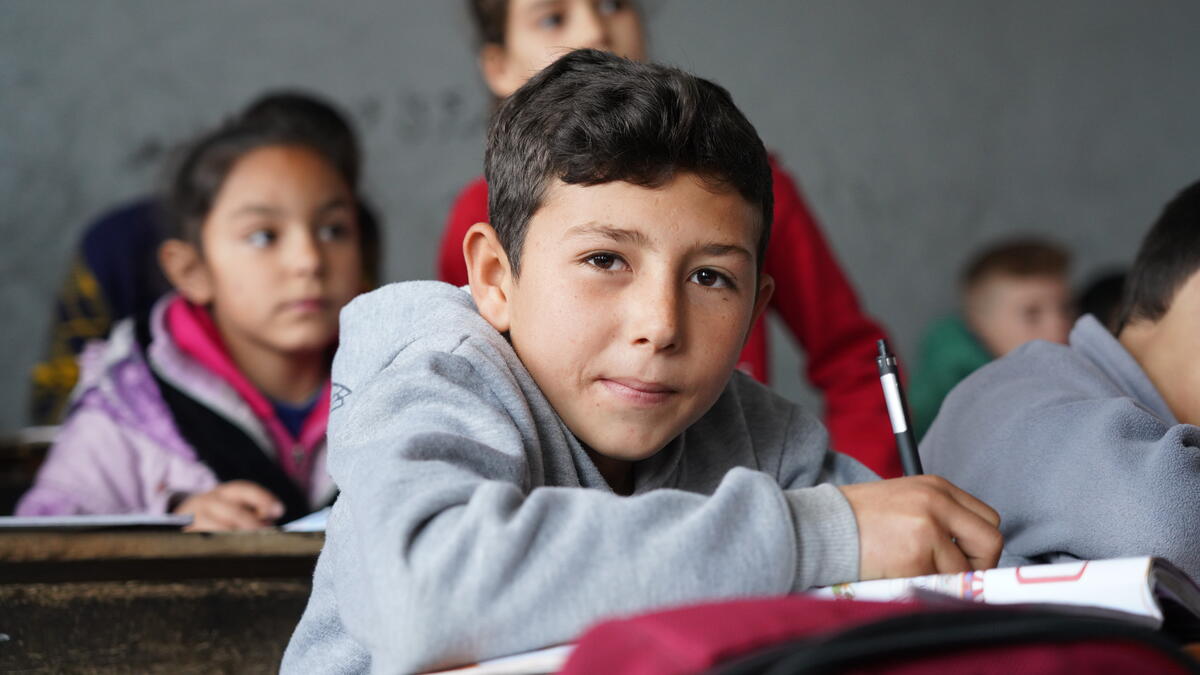
WFP provides more than 460,000 schoolchildren with fortified date bars, fresh meals and cash-based assistance. School meals are an essential safety net that provide children with the nutrition they need.
Fighting Hunger With Innovation

Cash, vouchers and e-cards can be lost, stolen, or forged, putting recipients at risk. This technology allows Syrian refugees to safely purchase food from camp supermarkets using a scan of their eye instead.
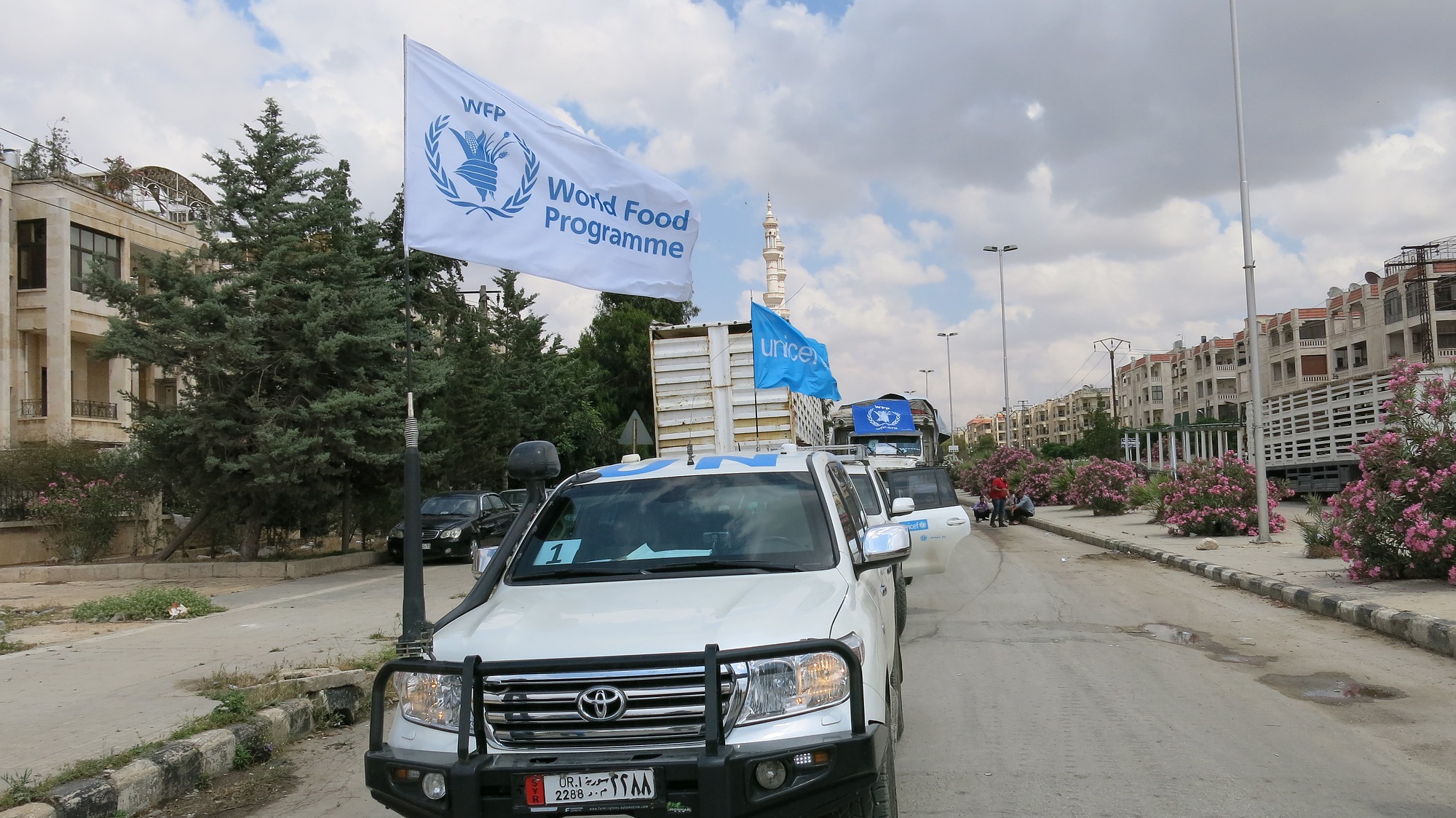
WFP’s trucks reach hungry families in need, carrying hundreds of thousands of pounds of lifesaving food. The trucks carry large bags of food, nutritional supplements and other supplies to hard-to-reach communities.
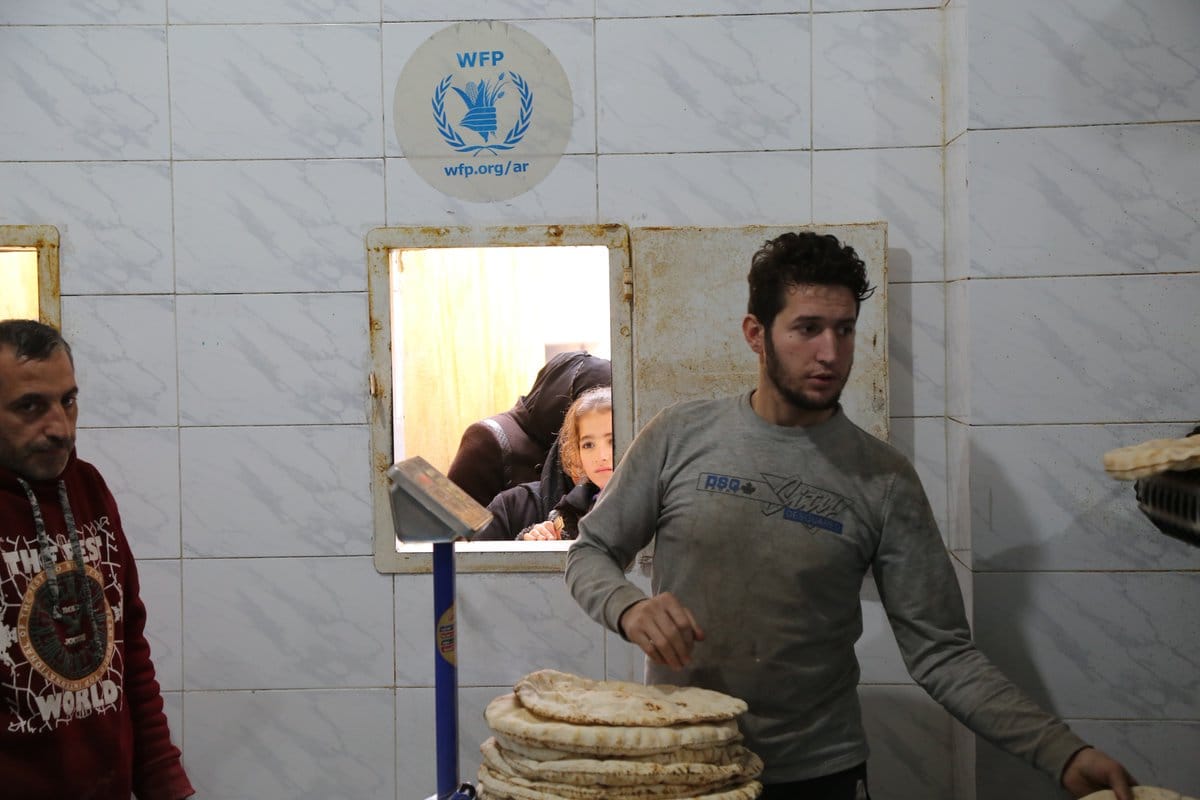
Bread is a staple food and a powerful cultural symbol in Syria. When bakeries were destroyed by earthquakes in 2023, WFP helped them reopen and provide subsidized bread to 40,000 people every day.
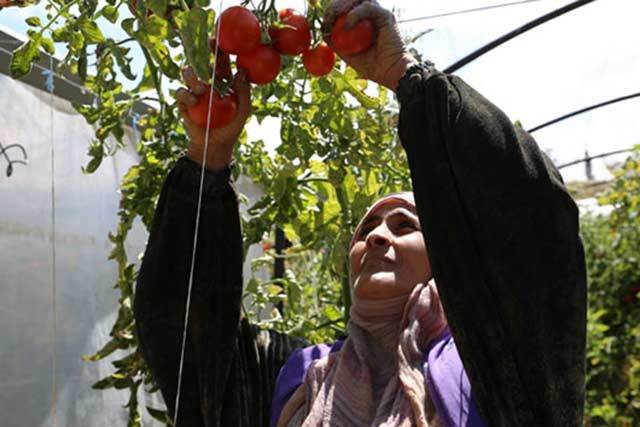
Greenhouses are being rebuilt and farmers have been provided with tomato seeds and irrigation kits, as well as with food rations to get through the lean season before their tomato harvests are complete.
Help Us Save LIves
People in Syria and neighboring countries are suffering from years of conflict. You can help save lives by donating today.
News & Updates from Syria
Read the latest articles on hunger issues and WFP’s work in Syria.





